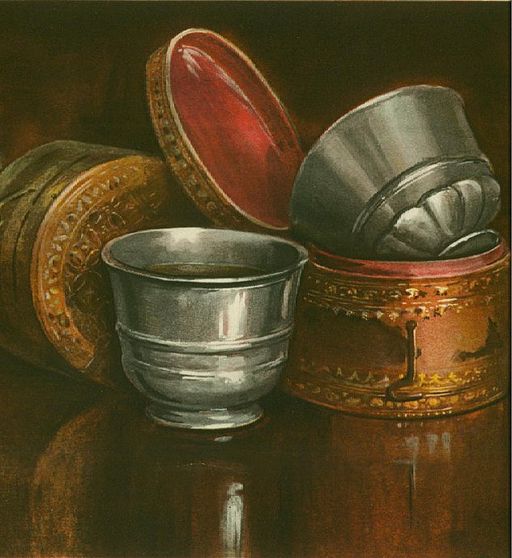 I’m researching a new book, and have been spending a lot of time reading about the history of medicine, and various methods that were used to cure ailing patients. Sometimes the treatments did a lot more harm than good (see my posts on George Washington and Charles II, to name just two examples). Included in physicians’ arsenals were blister poultices, purgatives, and emetics. I’ve blogged before about blister poultices—topical irritants that were often made from crushed up blister beetles. Today’s post? Emetics and purgatives.
I’m researching a new book, and have been spending a lot of time reading about the history of medicine, and various methods that were used to cure ailing patients. Sometimes the treatments did a lot more harm than good (see my posts on George Washington and Charles II, to name just two examples). Included in physicians’ arsenals were blister poultices, purgatives, and emetics. I’ve blogged before about blister poultices—topical irritants that were often made from crushed up blister beetles. Today’s post? Emetics and purgatives.
An emetic is something that makes you throw up. A purgative is a laxative–something that causes you to empty your bowels. Both have been around a long time.
One way to induce vomiting was with an antimonial cup—many seventeenth and eighteenth century households had one at the ready. It was a small cup made of antimony into which wine was poured. After about eight hours, the patient would drink the wine. Because the antimony would have leached into the wine, the patient would begin to vomit. You can read an account of an “antimonial Cupp” here, in Gentleman’s Magazine volume 102 (1832).
But let’s move on to purgatives. According to Joel Levy in Poison: An Illustrated History, antimony was also used as a purgative, in the form of a so-called “perpetual pill.” The patient swallowed a pellet of antimony, which irritated the digestive system enough to induce rapid evacuation of the bowels. But the pill itself passed through the person’s system unscathed. It would be “recovered,” washed, and reused. Sometimes perpetual pills would be passed from one generation to the next.
Mercury was also a popular purgative. You can read my post about the Lewis and Clark expedition’s reliance on “thunderclappers” here—high-octane laxatives made of sixty percent mercury.